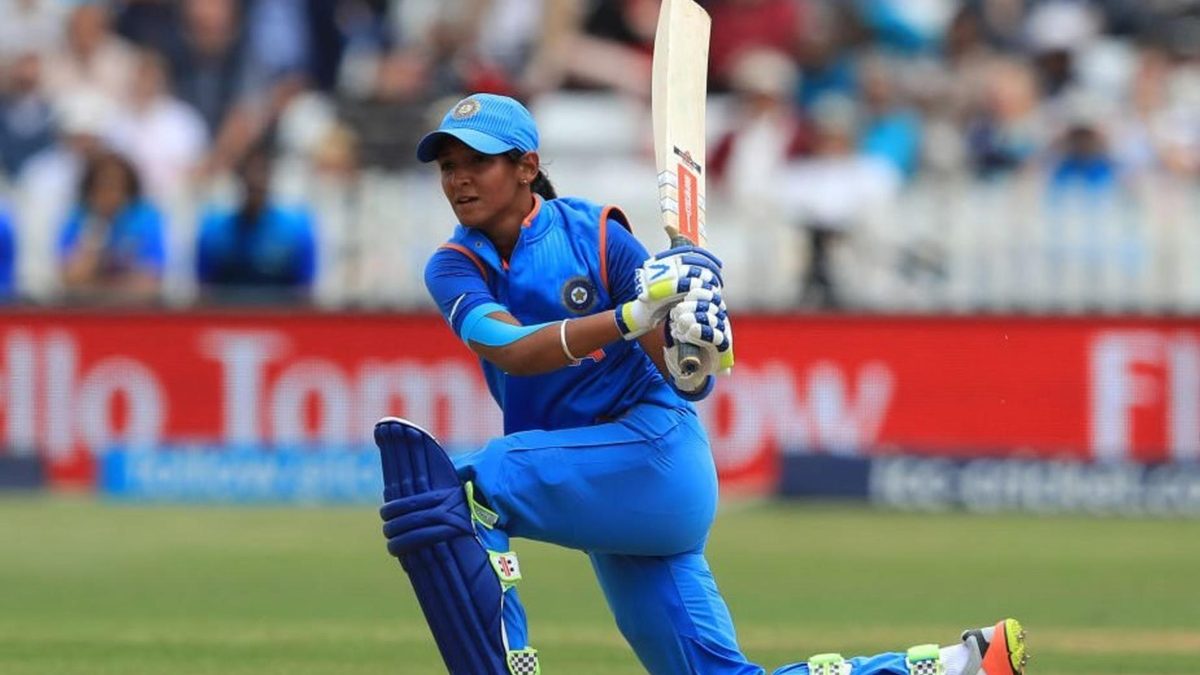
The Indian women’s cricket team stitched together a 56-run opening stand in the second ODI against England on Wednesday, but the inability of the middle order to fire yet again meant that the side crumbled to just 221. It is not the first time that the middle order has been unable to get going, and it is a trend that needs immediate attention, writes Sarah Waris.
Subscribe to the Wisden Cricket YouTube channel for post-match awards, player interviews, analysis and much more.
After a low score in the first game, Shafali Verma got going with a fine 44 that came off just 55 deliveries at Taunton. Her efforts, that ended controversially, however, could not help the side over the line as yet another familiar collapse by the middle order saw them lose seven wickets for 76 runs, leading them to a below par total of 221.
The side, though, is no stranger to such collapses and it remains an area that needs urgent attention as the side gear up for the World Cup next year.
From the beginning of 2018, the top three from India have scored 3,153 runs in 31 ODI games at an average of 38.45. They have scored the third-most runs in this interim, with an average of 50.85 runs per wicket. The openers alone have 2,171 runs at a strike-rate of nearly 78 since 2018 at an average of 38.76.
The middle order, in contrast, has been unable to keep up with this consistency, with batters between four to seven just scoring 2,176 runs at an average of 28.25. Their strike-rate falls to 66.20, with no century-plus partnership in the last three-and-a-half years. The difference in average of runs scored by the top order and the middle order is over 10, and the frequent collapses has often tilted the odds against India in the recent past.
Inconsistent team selections
A major reason for the inconsistent returns remains the constant shuffling of the batting order along with the chopping and changing that is seen from series-to-series. A total of 14 players have played between positions 4-7 since 2018, but only three cricketers, namely Mithali Raj, Harmanpreet Kaur and Deepti Sharma have turned out in more than 20 games. No other cricketer had played more than 13 matches for India in the middle order in this interim, which only signifies how the side has constantly dropped players without giving them a long rope.
Veda Krishnamurthy, one of the most experienced players around, last played an ODI game in 2018. Sushma Verma, who had an indifferent outing in three innings in the last series against South Africa was dropped from the current tour of England, with Raj stating that Taniya Bhatia should be given a go instead. The latter was unceremoniously dropped from the squad against the Proteas, despite her stellar skills with the gloves.
Dayalan Hemalatha, Pooja Vastrakar, Mona Meshram and Jhulan Goswami — players who are not known for their batting skills — have turned out in the top seven in the last few seasons, which further emphasises the lack of a strong core group of players who have been identified to fill the middle order roles.
Harmanpreet’s indifferent form
The vice-captain of the Indian ODI side has been hampered by indifferent returns, which seems much more than just a poor patch of form. She has just one fifty in her last 20 innings, and no hundred since her epic unbeaten 171 against the Aussies in the semi final of the World Cup in 2017. Overall, since the start of 2018, Harmanpreet has scored 527 runs at an average of 29.27, with her strike-rate of 69.61 remaining the biggest worry.
The Moga player, well known for her big hits, has majorly struggled overseas in this period, with her average dropping to 23.88 away from India since 2018. It is the lowest average that a batter has overseas among players with a minimum of 200 runs.
The runners-up in the last World Cup, India does have plenty of issues to look into and solve before the next mega event in New Zealand in 2022. Their bowlers have been inconsistent while the overall scoring rate of the team is criticised often, but there is no denying that a performing middle order will help resolve a major chunk of their woes.








